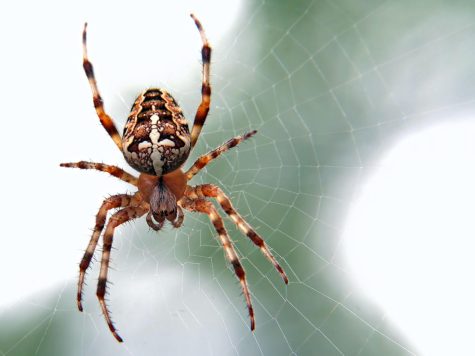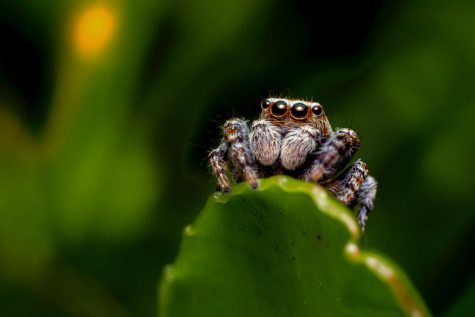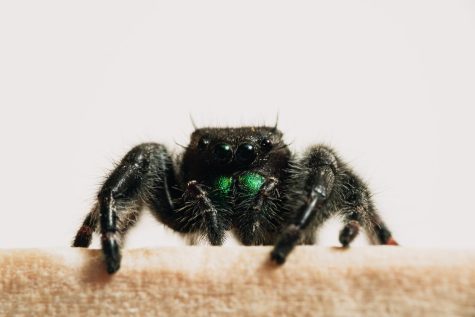BugBlogs: Scientists Find That Spiders Have Visual Dreams.
Would they be catching bugs and spinning webs?
Photo by freestocks on Unsplash
Spiders are some of the most unique animals on earth, but they are feared.

Arachnids have been carefully studied for years because of their unique features and lifecycles. Over time they have been used to measure environmental health and used as pest control. While scientists already know that spiders play a big part in the environment, and keeping bug population in check, something they never anticipated to check was if the small spiders can have visual dreams similar humans. Dreams play an important role in humans. Greater Good Magazines claims that humans dream to help our subconscious tell us what’s going on in our emotional part of our brain. They also say dreams help manage stress and emotional issues that we cannot solve while awake. However, not long-ago Harvard students noticed something while observing videos of sleeping spiders. Spiders seem to be dreaming. But in order to interpret this phenomenon we need to look at what specific kind of spiders seem to be dreaming.

Jumping spiders represent a specific group of spiders that belong to the family Salticidae one of the largest spider families. They are known for their exceptional vision within the arthropod phylum. Jumping spiders are some of the easiest spiders to identify because of their distinct eye patterns. They have two large eyes centered in the middle of their head and smaller eyes on the sides of their heads. their bigger pair of eyes are used to see similar to the way humans do. seeing color, objects, and details. The smaller eyes along the side of their head are to detect motion and light and cannot see details and shapes.
Jumping spiders rely on their highly evolved vision to hunt. Rather than spinning a web and hoping things fly into it then attacking once the prey is trapped. They stalk their prey to find out its movements. then jumping spiders will attach their silk behind them to make a dragline then jump and attack prey. Salticidae spiders rely on their back legs for jumping. They use their back legs to push off and then use their webs as a fail-safe to catch them in case they fall or miss their landing. Another distinguishing characteristic of jumping spiders is that unlike other spiders they will build tents made of silk. Normally they do this to avoid bad weather, to molt, or to shelter egg sacks. Salticidae spiders have a very large variety of habitats and can live almost anywhere. some species have even been found at high elevations. jumping spiders are also very common pets because even those who have a fear of spiders tend to find their big eyes and small body cute. They are some of the most popular spiders to have as pets.

According to The Harvard Gazette Harvard researchers examined videos of sleeping juvenile jumping spiders and found that jumping spiders seem to exhibit rapid eye movement which is a key indicator of being in a dreamlike state. in juvenile spiders their exoskeleton is still semi see through and you can clearly see their internal parts such as their eyes brain and organs. In animals that we know dream rapid eye movement is the state where the body is experiencing dreams. While this is common for humans and other mammals, it has never been observed it in any type of arachnid. Another note that the researchers made was that during rapid eye movement the jumping spiders would twitch their legs and heads, just like other animals that experience rapid eye movement and dreams.

Daniela C. Rößler, a former researcher in Harvard’s lab says, “Well, I personally think they are dreaming — just like any person watching a dog or cat sleep and kick their leg will think that they’re dreaming.” Many academic scientists seem to agree with her findings. While it would be very hard to prove scientifically that jumping spiders dream because the equipment used for analyzing brain waves would be far too big to use on arachnids it is understanding to assume that jumping spiders dream and have visual dreams. Most likely their dreams consist of their daily habits and their favorite bugs to consume but we are not certain. This will be a likely but unproven fact until we have the technology to find a way to observe their brain.


